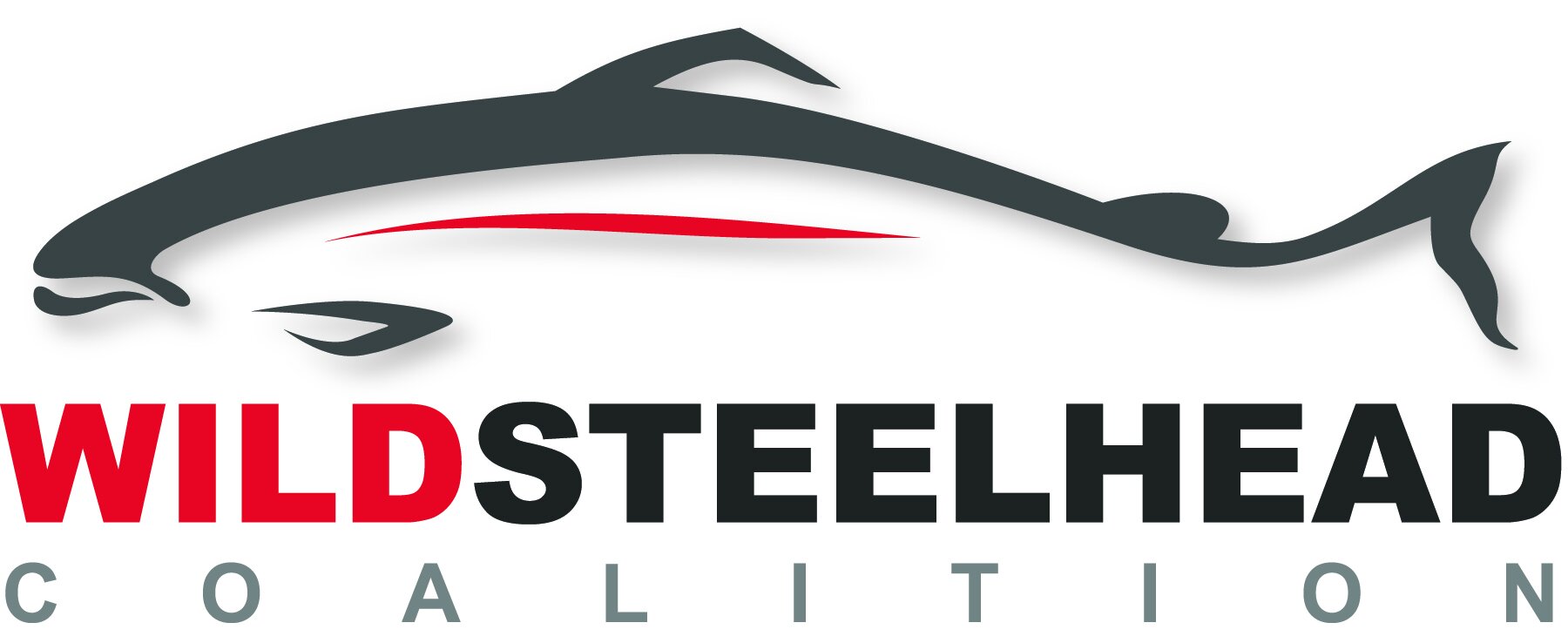Protecting Our Wild Trout: A Call for Policy Change
At the Wild Steelhead Coalition (WSC), we believe in taking a science-driven, conservation-first approach to fisheries management. Under the guidance of the Washington State Fish & Wildlife Commission, the Department of Fish & Wildlife (WDFW) has begun developing a native resident trout harvest management policy for review. This initiative stems from our petition last year advocating for statewide regulations to protect resident wild steelhead. The Washington Department of Fish and Wildlife (WDFW) is currently in the process of revising its policy for wild trout harvest. It presents an opportunity to make meaningful changes that prioritize the long-term health of wild native trout populations. As stewards of these invaluable resources, we must ensure this policy reflects modern science, addresses emerging threats, and protects the interconnected life histories of resident and anadromous trout.
Moving Beyond "Harvest" to Conservation-Focused Management
One positive step in the draft policy is its shift away from a strict "harvest" perspective. Instead, it introduces language centered on fishing opportunities. This welcome change acknowledges the need to balance conservation with sustainable recreational fishing. However, to fully realize this shift, the WDFW must emphasize the quality and duration of fishing opportunities over the outdated "catch-to-kill" approach. This is especially important in situations where the impacts of fishing mortality are poorly understood.
Recognizing the Role of Resident Trout in Ecosystem Health
The WSC supports the draft policy’s recognition of the complex life histories of resident trout species, including O. mykiss and O. clarkii. These fish exhibit a diverse range of life strategies—both resident and anadromous—that are critical adaptations to their environments. Protecting resident trout populations is essential, particularly in watersheds with wild steelhead runs. Studies have shown that reducing resident trout populations can significantly impact the number of returning steelhead, underscoring the need for conservation measures that maintain genetic integrity and ecological diversity.
Modernizing Policy Objectives
The current draft relies heavily on the outdated 1984 "stream strategy" for trout management. While this strategy served its purpose decades ago, it is inadequate for addressing today’s challenges, including habitat degradation, climate change, and increased fishing pressure. WDFW must embrace modern science and adopt a precautionary approach to rulemaking. Specifically, the policy objectives should include provisions for managing uncertainties in data and stock assessments, ensuring conservation is prioritized in the face of unknowns.
Incorporating a Precautionary Approach
One glaring omission in the draft policy is the lack of emphasis on precaution. With limited monitoring and stock assessment data, the WDFW must err on the side of conservation. A precautionary approach should be explicitly stated as a guiding principle, ensuring that fisheries management prioritizes the sustainability of wild trout populations over-exploitation. Where data gaps exist, non-extractive regulations, such as catch-and-release practices, should be the standard.
Protecting Larger Female Trout
Another area for improvement is the draft policy’s vague language on ensuring trout spawn at least once before being harvested. This fails to account for the differences in growth and maturity between male and female trout. Larger female trout are vital for sustaining healthy populations, and targeting these critical spawners can be counterproductive. WSC encourages the adoption of catch-and-release regulations for larger trout, following the lead of neighboring jurisdictions that have successfully implemented similar measures.
Addressing the Role of Resident Fish in ESA-Listed Populations
Resident rainbow trout play a crucial role in the recovery of ESA-listed steelhead populations. The draft policy’s guiding principles should explicitly acknowledge this connection. By considering the impacts of resident trout on anadromous salmonids, WDFW can better align its management strategies with the broader goals of species recovery.
Building a Comprehensive Management Plan
The final policy should guide the development of a comprehensive management plan based on all four Viable Salmonid Population (VSP) parameters: Distribution, Diversity, Productivity, and Abundance. In cases where data gaps exist, the policy must prioritize conservation to ensure long-term sustainability. Non-extractive practices, combined with efforts to fill these data gaps, will help secure the future of wild trout and the ecosystems they support.
A Call to Action
As WDFW moves closer to finalizing this policy, the Wild Steelhead Coalition urges the agency to embrace these recommendations. By integrating modern science, adopting a precautionary approach, and recognizing the interconnectedness of resident and anadromous trout, we can ensure that wild trout populations are protected for future generations.
We invite our supporters to advocate for these critical changes. Together, we can influence policy that reflects our shared commitment to conservation, sustainable fishing opportunities, and the health of wild trout populations.

